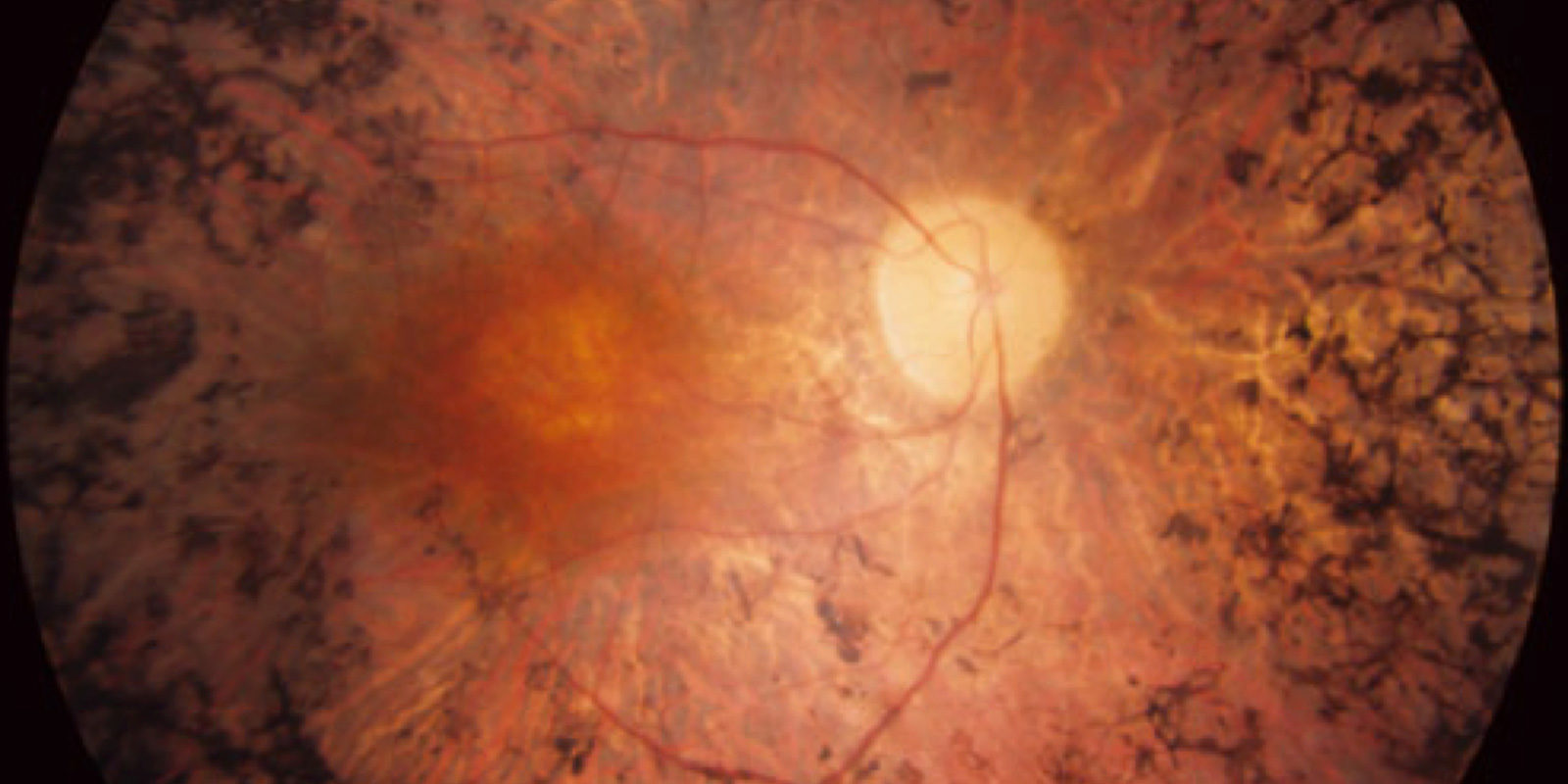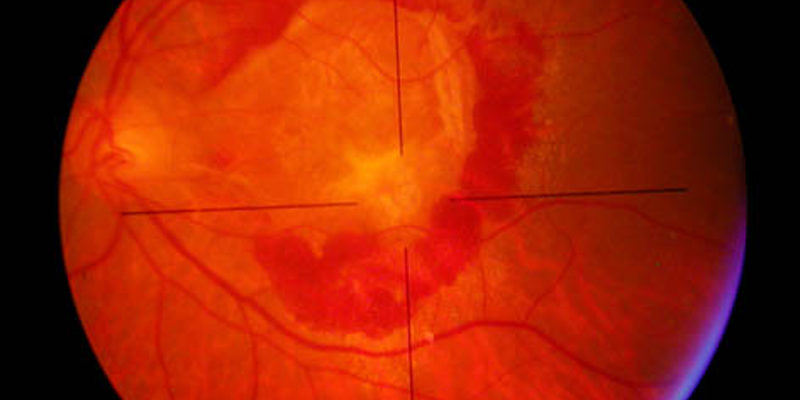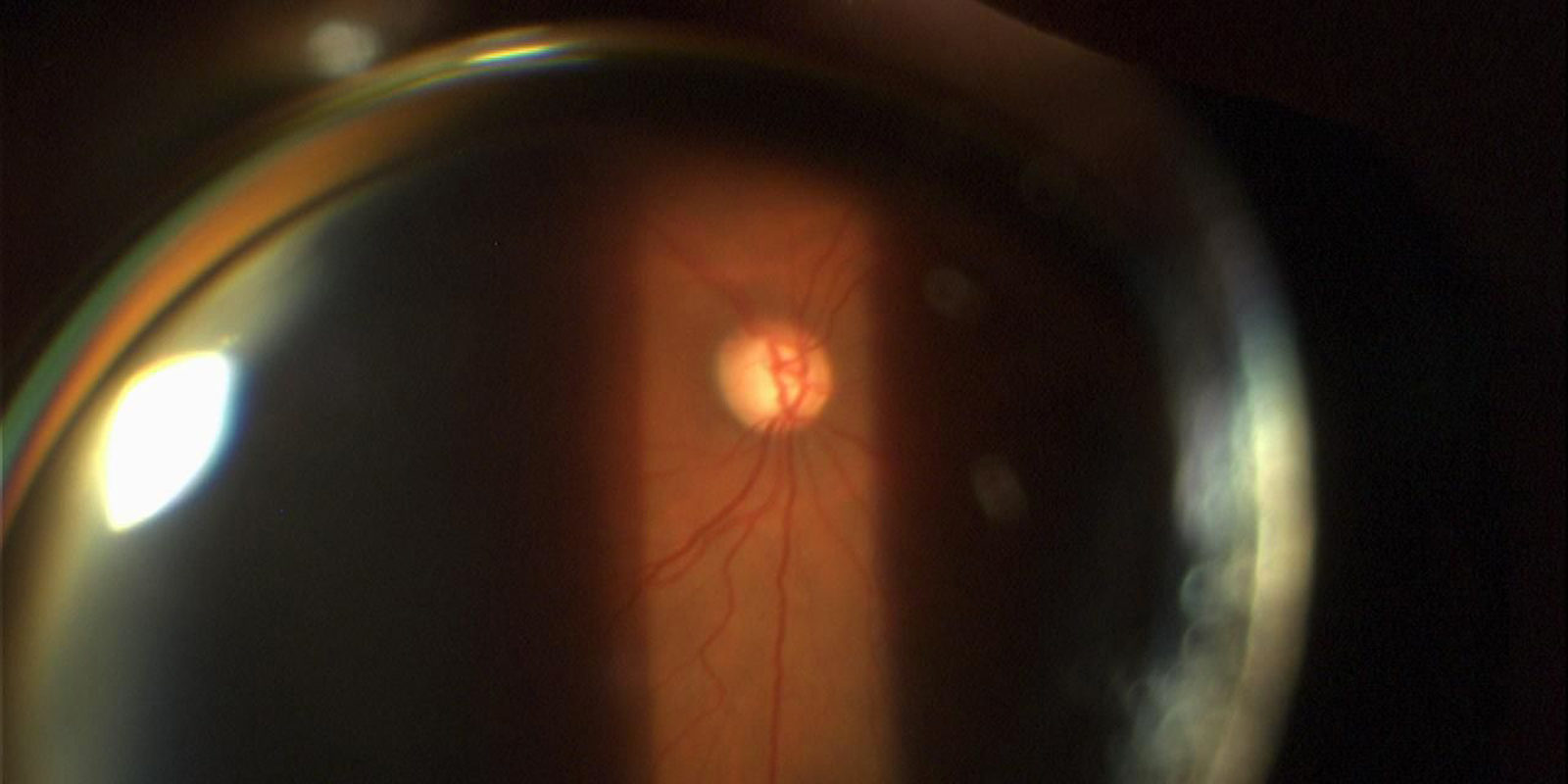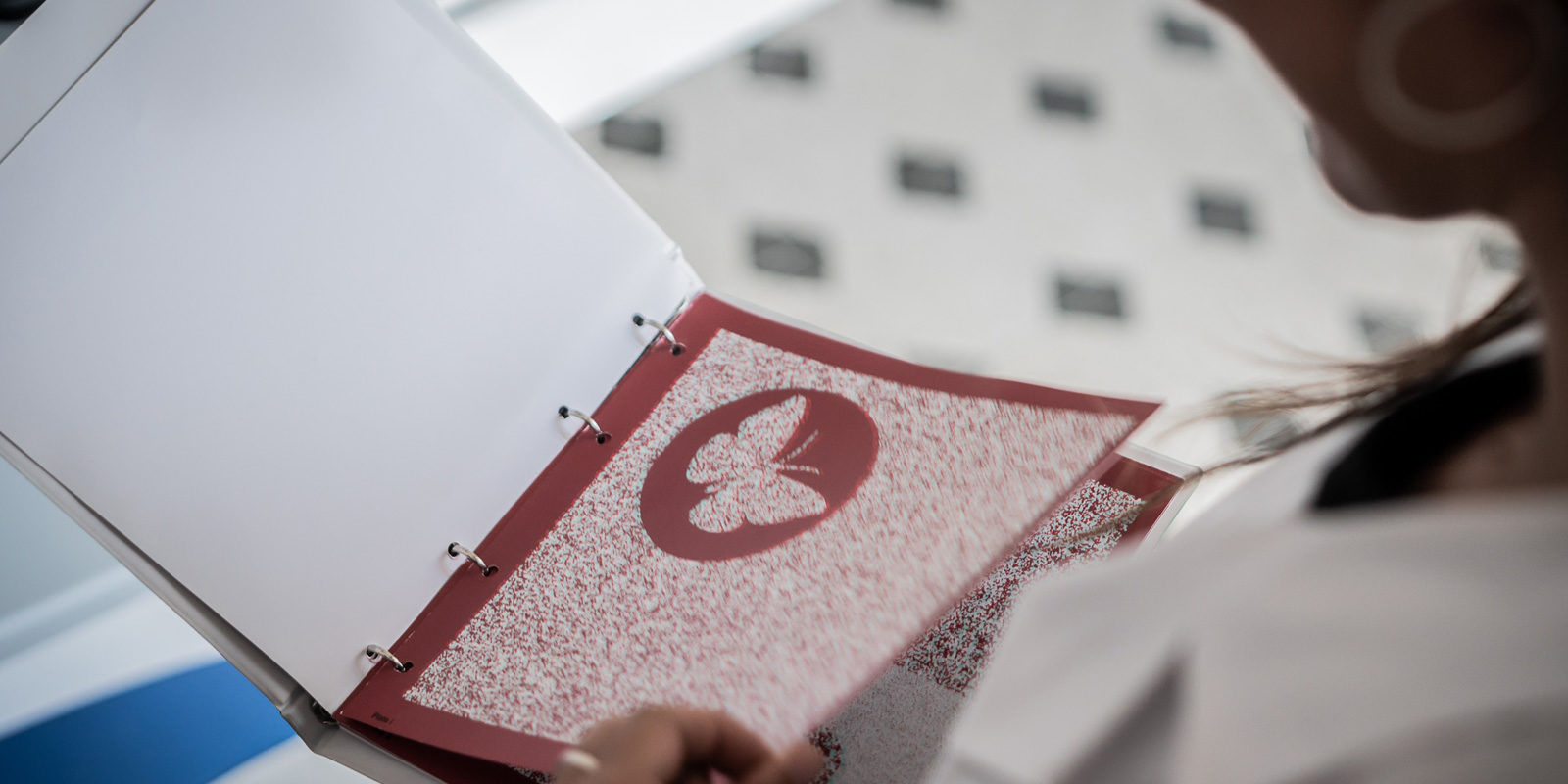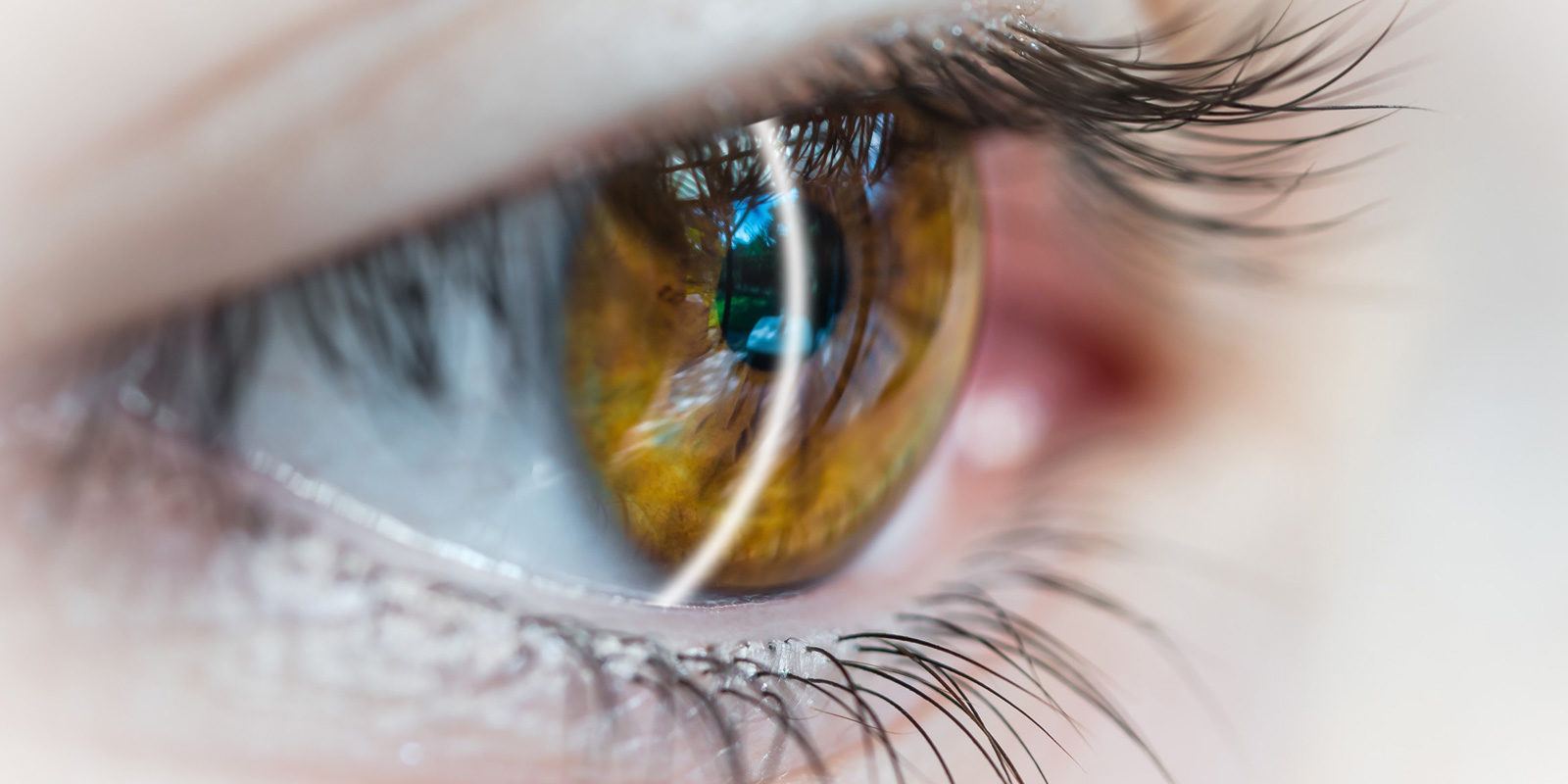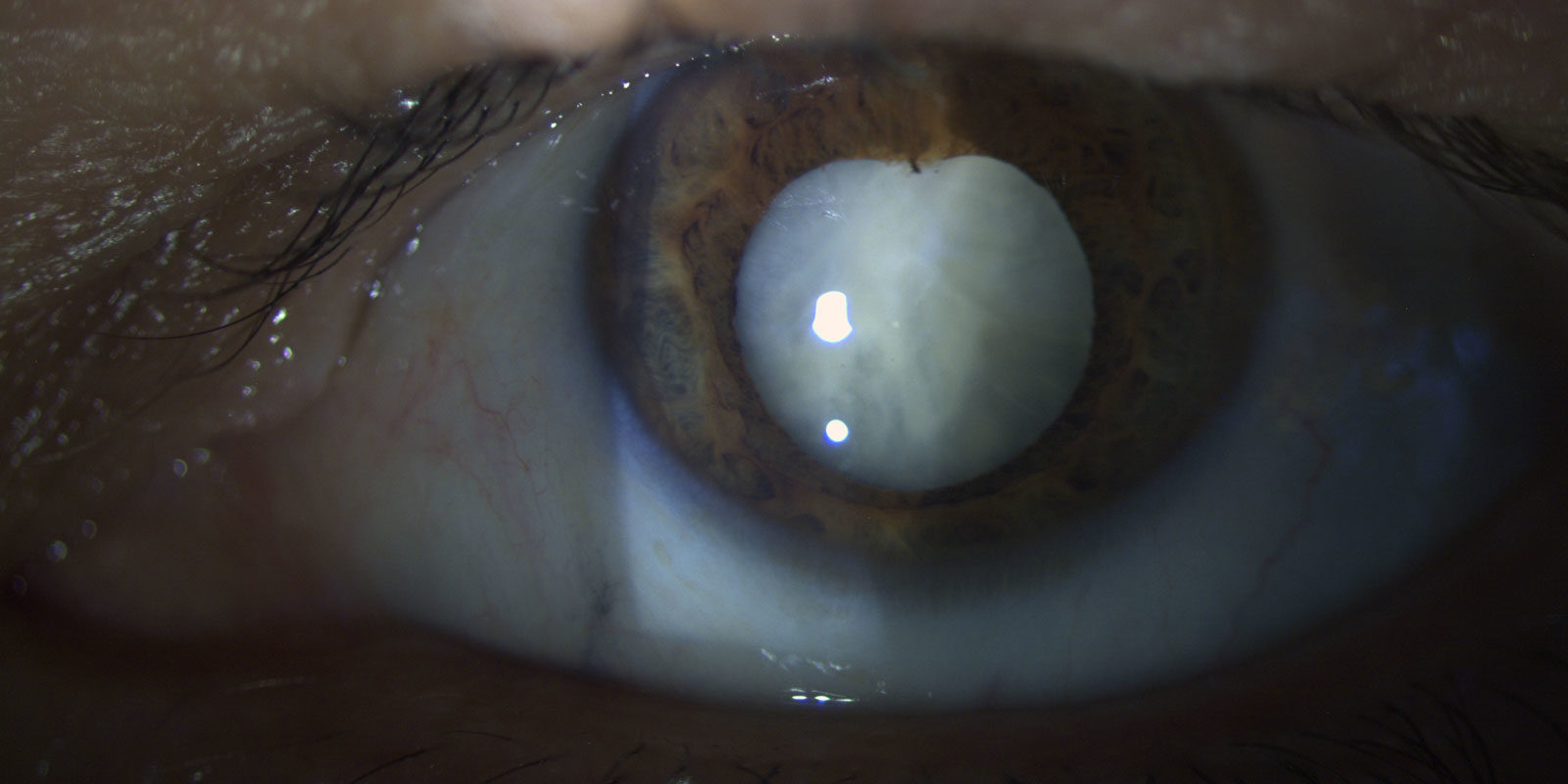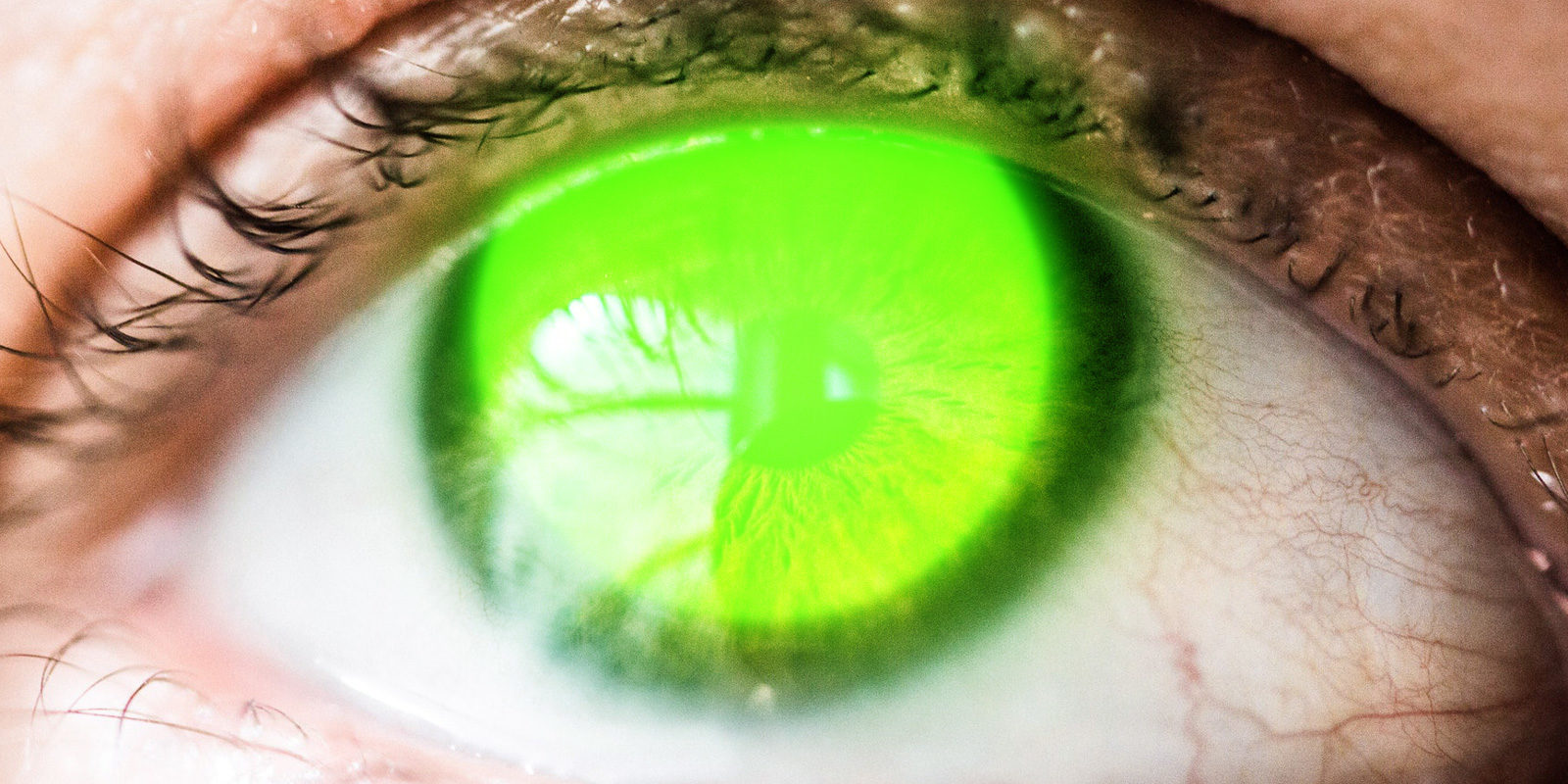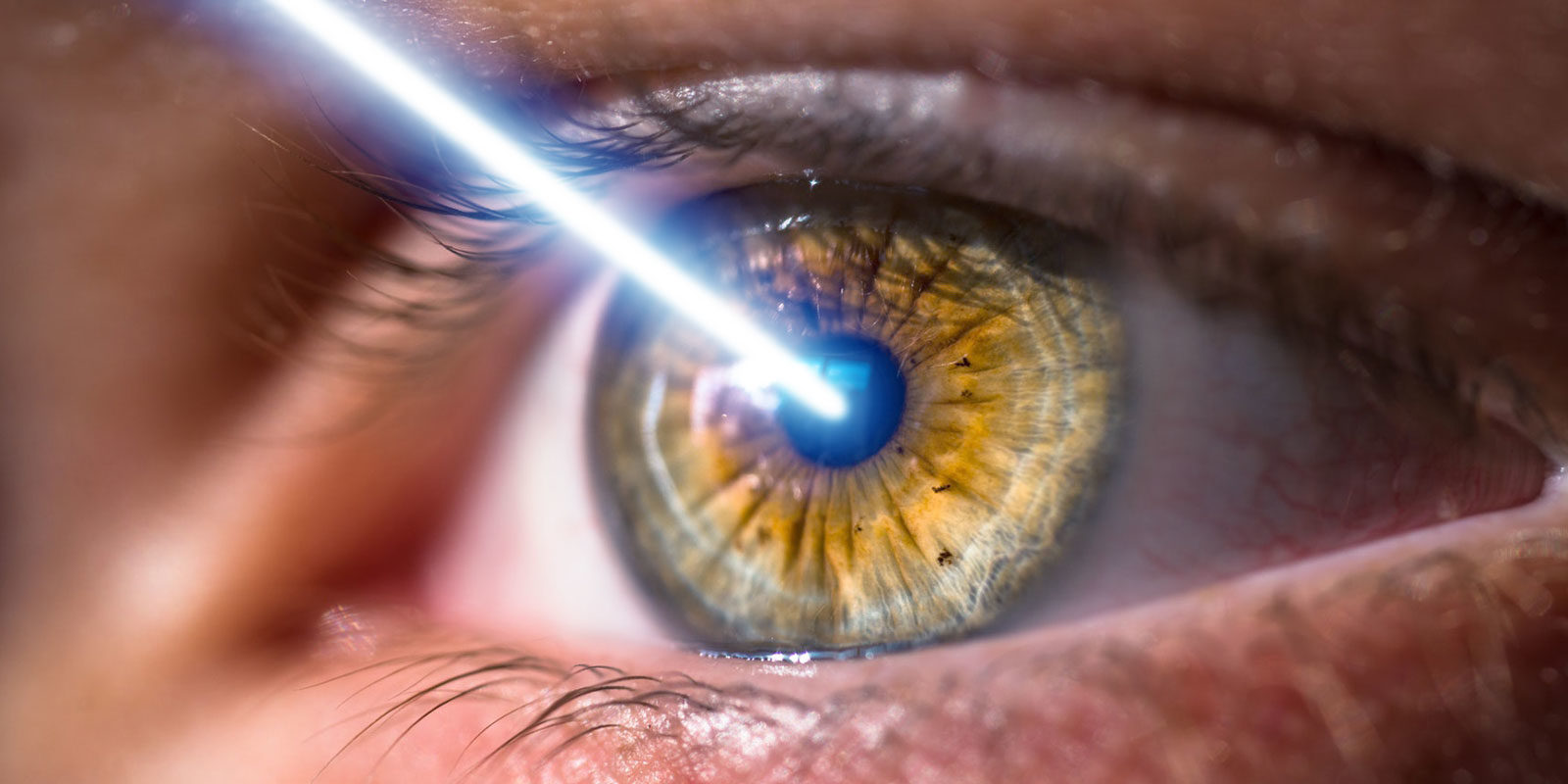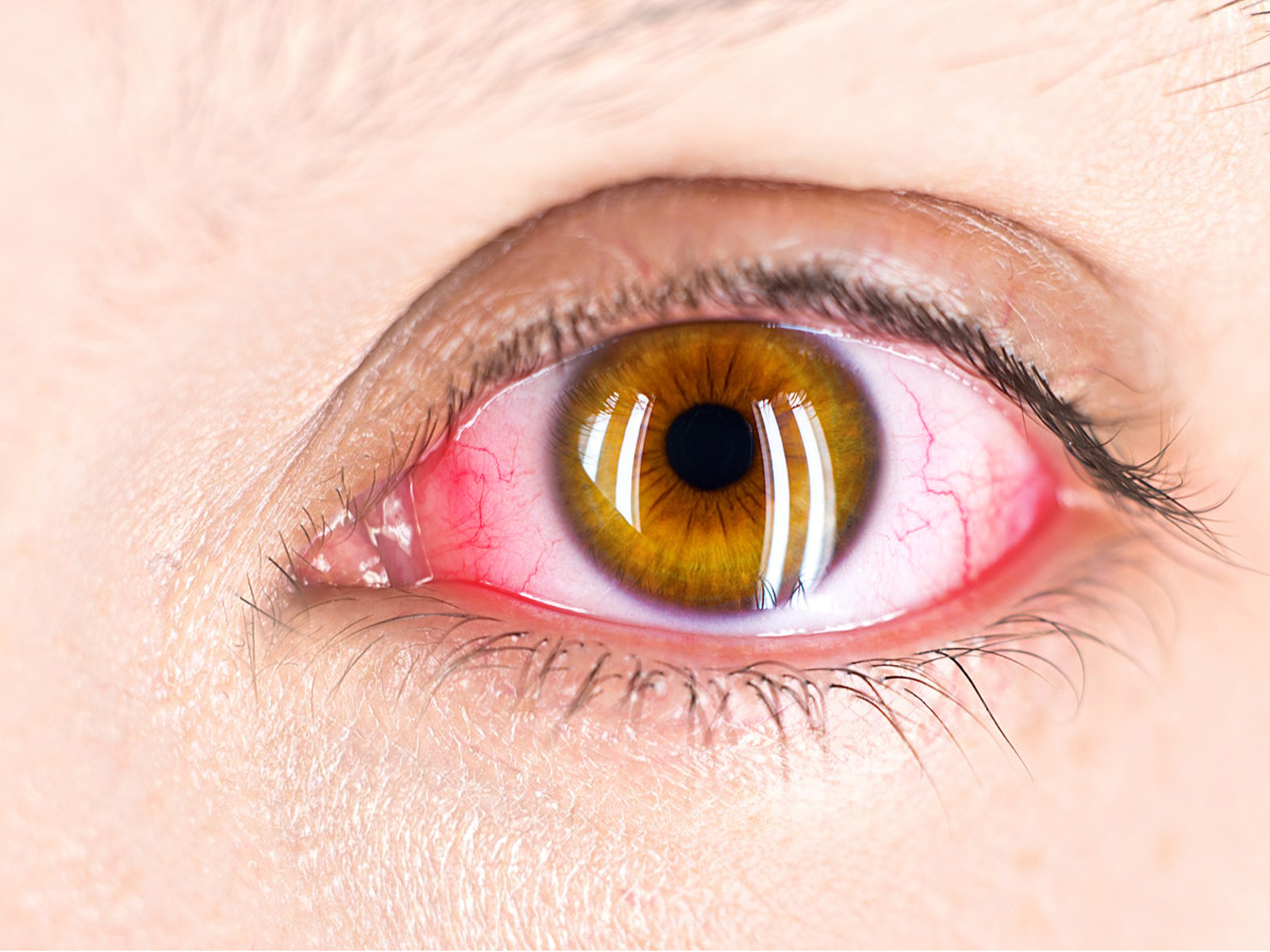
Dry Eye and Ocular Surface Diseases
Dr. Marco Lombardo and his staff provides professional advice and service for the evaluation and treatment of dry eye. Ocular surface disorders are managed following a protocol that consists in carrying out an accurate eye examination, in the performance of tear film’s tests and, if required, laboratory testing.
The Studio Italiano di Oftalmologia is among the very few eye clinic in Italy to have the “TearLab” system for the objective diagnosis of dry eye disease and monitoring of therapy.
Dry eye
The ocular surface is kept moist by the production of tears by lacrimal glands. The tear film is distributed uniformly on the ocular surface, providing nourishment of the cornea and keeping clear vision.
The tear film consists of three layers: the mucous layer, the aqueous layer and the lipid layer. When the eye is unable to produce the tear fluid properly or sufficiently, then it begins to suffer a series of symptoms and signs that are enclosed in the “dry eye syndrome”.
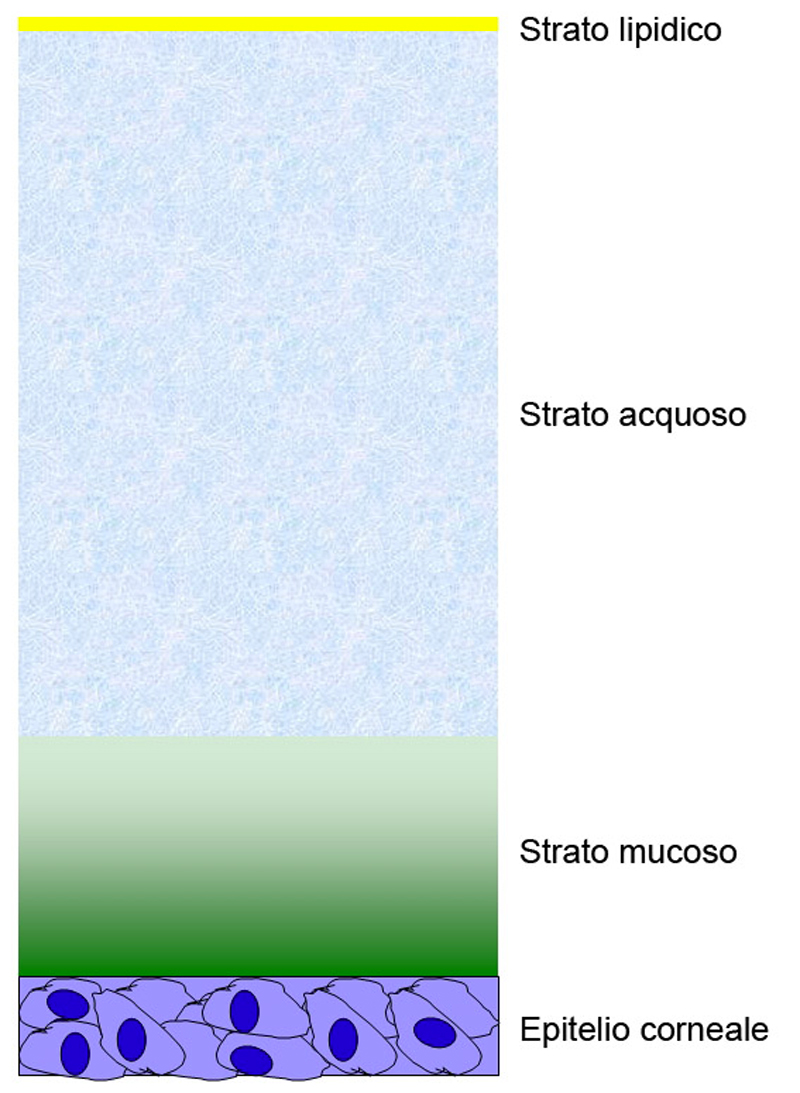
The tear film
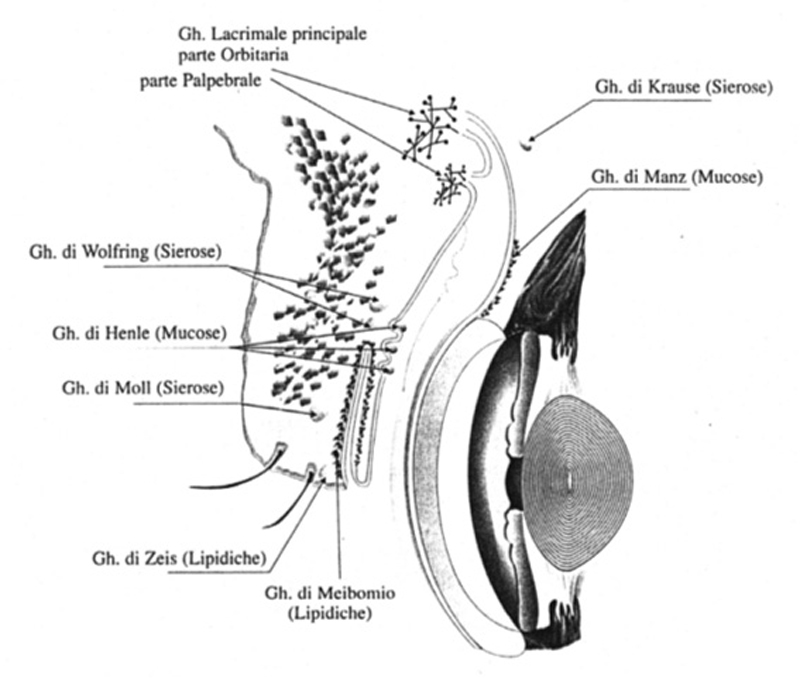
The lacrimal glands
Diagnosis of dry eye
The symptoms of dry eye may include ocular foreign body sensation, burning sensation, ocular itching and ocular redness. Generally, tear production is reduced with aging. There are, however, some systemic diseases that can cause dry eye such as hyperthyroidism and Sjogren’s syndrome. Some medications, including beta-blockers, diuretics and antihistamines, can also cause dry eye.
Some diagnostic tests, such as the Schirmer test or the B.U.T. test or the “TearLab” system help the eye doctor to quantify the severity of the disease and to follow its evolution and response to therapy.
Dry eye therapy
The therapy is aimed at increasing the amount of the tear film or improving its quality and stability on the ocular surface. In mild cases, ocular discomfort can be fixed in the majority of cases by the continuous use of artificial tears or by the closure of the lower lacrimal dot. When severe inflammatory signs occur, dry eye syndrome may be responsible for corneal degeneration resulting in opacification of the cornea and drastic reduction in visual acuity. In these cases, it will be necessary to prescribe cycles of anti-inflammatory drugs and, if necessary, to surgery to save the ocular surface.



